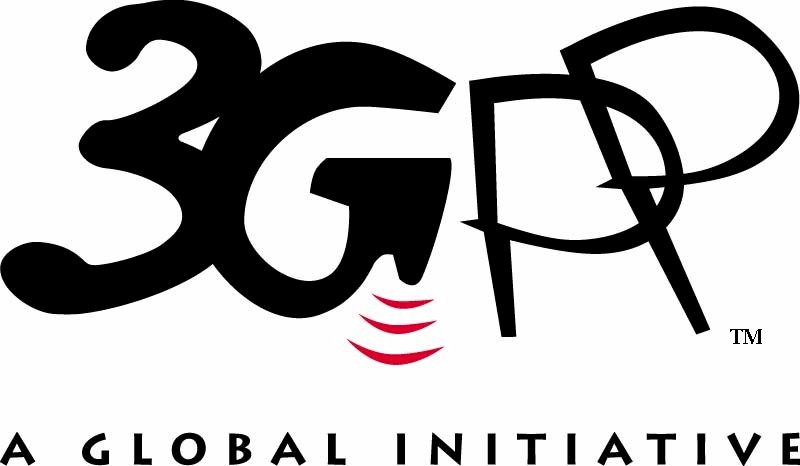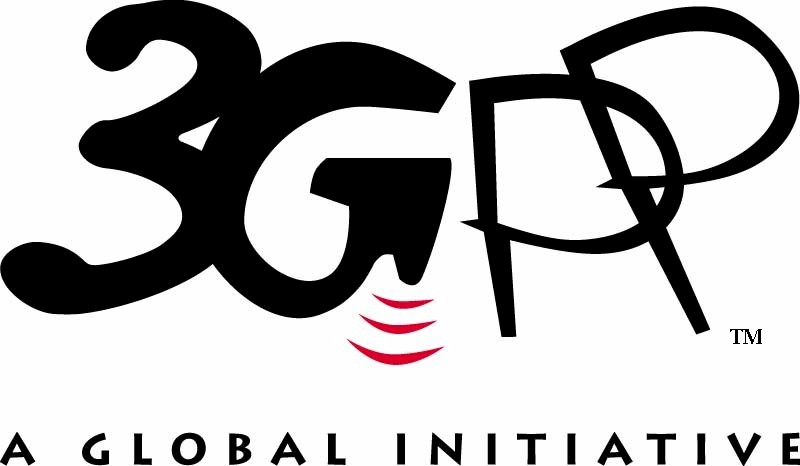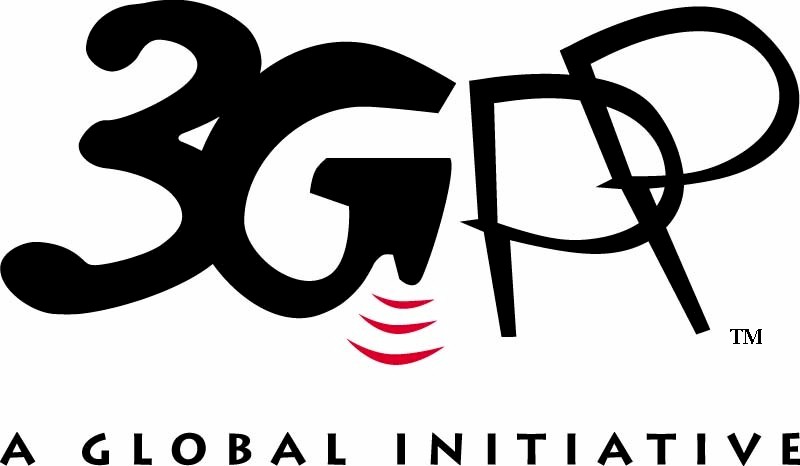Context Information Management (CIM) - Use Cases (UC)
The present document discusses the concepts which are foundational for Cross-Cutting Context Information Management (C3IM) and their application to a selection of Use Cases from the domains of Smart Cities, Smart Agrifood and Smart Industry. These areas of application, together with the general area of Internet of Things (IoT) technology and services, are expected to especially benefit from usage of cross-cutting (cross domain) context information, and from a set of specifications for the APIs supporting C3IM. The present document covers the following:
• A definition of terms relevant to cross-cutting Context Information Management (C3IM).
• An introduction to the notions of C3IM and the potential role of C3IM in enabling services in cross-cutting inter-domain areas, for example Smart Cities, Smart Agrifood, and Smart Industry.
• A motivation for this project's key goal, i.e. defining an API for C3IM.
• A reference diagram illustrating possible architectures and functional entities involved in facilitating C3IM.
• A set of high level Use Cases which can potentially be supported using a C3IM system.
• A subset of detailed Use Cases (scenarios) illustrating potential information flows among functional entities.
• A summary of requirements extracted from the Use Case analysis.



